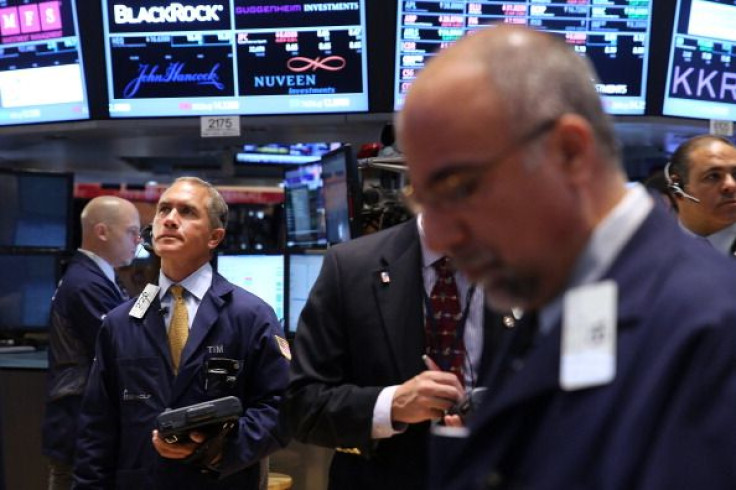Government Shutdown 2013: Why Are US Stocks Gaining? [VIDEO]

Wall Street climbed on Tuesday, despite the U.S. government shutdown, leaving some scratching their heads as to why stocks continue to gain in light of the fiscal crisis in Washington.
“I think to some it is surprising, but we have to just look at the circumstances where we’re at,” said Jonathan Corpina, senior managing partner with Meridian Equity Partners Inc., from the floor of the New York Stock Exchange. “This government shutdown, there are two sides to it -- the people thinking that it was going to occur and people that were thinking it wasn’t going to occur. But either way, people were positioned accordingly yesterday. So coming into today, it’s a new month. It’s a new quarter. There’s been a lot of funds out there that have been waiting to put money back into this market, and they have to wait till the quarter starts again. So we’re starting to see now some older money that’s been off the table coming back into this market.”
U.S. stocks extended their gains on the first trading day of the month and quarter, even as nearly 1 million government workers were temporarily out of work as the U.S. government partially shut down for the first time since late 1995 and early 1996. A deadlock persists between President Barack Obama and congressional Republicans over the Affordable Care Act, better known as Obamacare.
“Yes, it is concerning," said Corpina. "I personally did not think it was going to get to this point. I thought there was going to be some resolution put in place, but obviously this Oct. 17 is the next big date that’s out there, and I think that’s the data that people are starting to focus on now.”
He is referring to the debt ceiling crisis looming in two weeks. Treasury Secretary Jack Lew announced Sept. 25 that the U.S. Treasury will run out of borrowed money by Oct. 17, unless Congress raises the $16.7 trillion debt limit.
Also thanks to the shutdown, the highly anticipated jobs report for the month of September, due Friday, will likely now be delayed. As for the Federal Reserve’s tapering dilemma, Chairman Ben Bernanke reiterated in a press conference after the Federal Open Market Committee’s Sept. 17-18 meeting, "The economic data does not yet provide sufficient confirmation" to warrant reducing the central bank’s $85 billion-a-month bond-buying program.
“We’re going to get some information out of the Fed, I believe, next Wednesday,” said Corpina. “Without this information that’s coming out Thursday and Friday this week, I think the Fed really can’t do much, they can’t say much. Even if we were getting our normal calendar of economic data, considering the fact that we didn’t taper, it would be too soon to get a really big statement coming out of Washington out of this meeting.”
The U.S. Department of Labor’s non-farm payroll report is arguably the most closely watched economic data point in the U.S. economy, as the monthly report includes the unemployment rate and the number of jobs added to the economy by employers. The U.S. economy added 169,000 jobs in August, while the unemployment rate ticked down to 7.3 percent, according to the Labor Department.
“What I’m curious to see is if we don’t get this data on Thursday and Friday, when do we get it and how do we get it,” added Corpina.
In afternoon trading, the Dow Jones Industrial Average gained 54.36 points, or 0.36 percent, at 15,184.03. The S&P 500 was up 10.94 points, or 0.65 percent, at 1,692.44. The Nasdaq Composite Index was up 34.54 points, or 0.92 percent, at 3,805.88.
© Copyright IBTimes 2024. All rights reserved.












